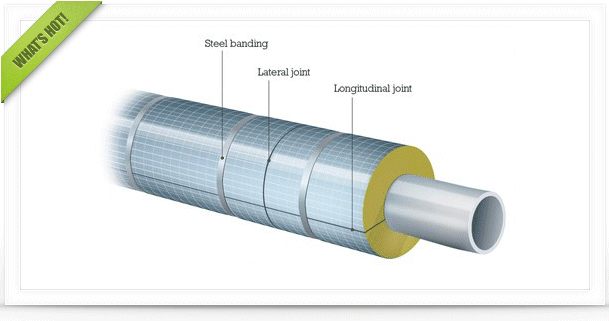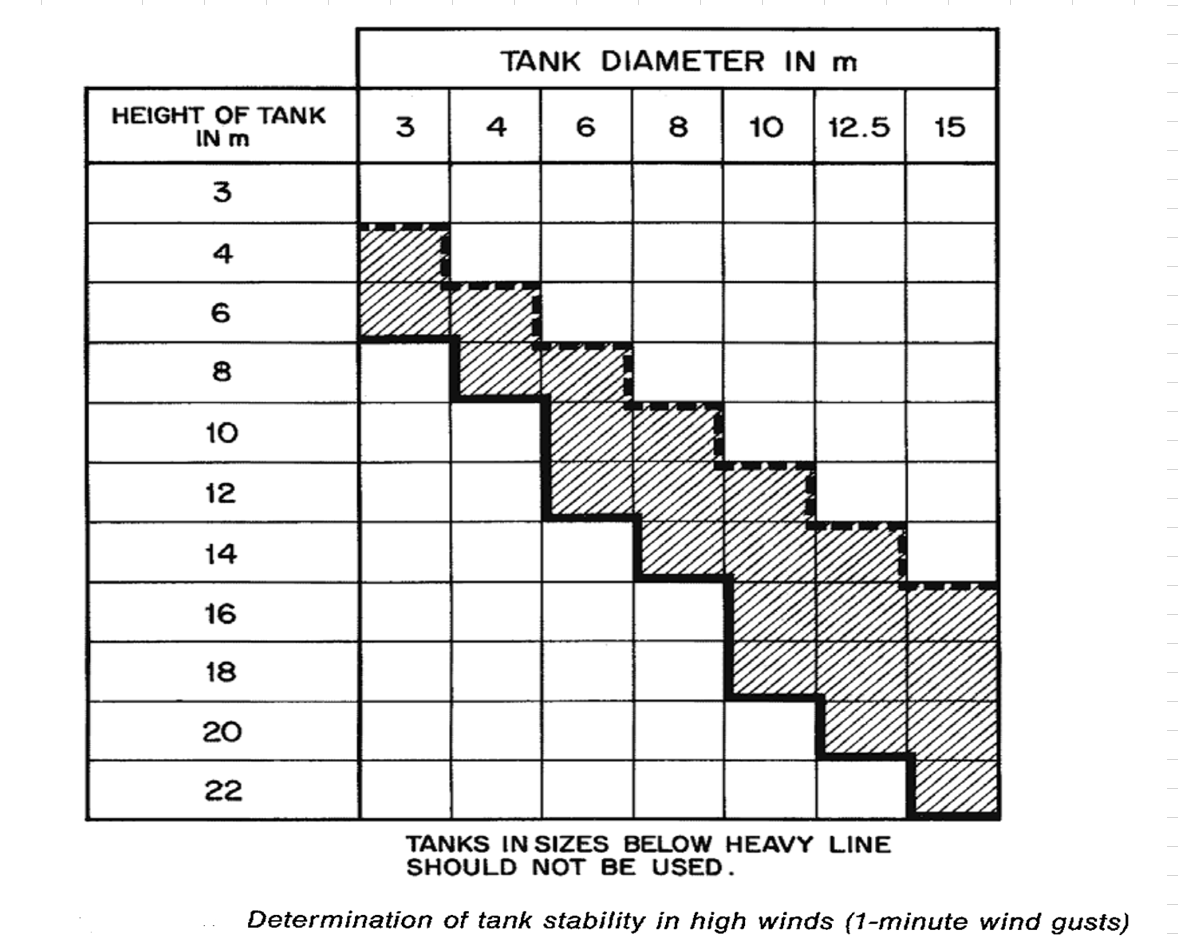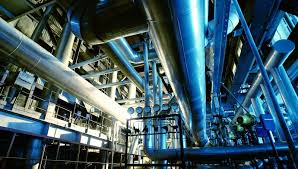|
|
Igv Control For Compressor
#1

Posted 30 August 2025 - 01:11 AM
I’m working on a dynamic centrifugal compressor simulation where the capacity is controlled by inlet guide vanes (IGVs). I’d like to clarify how the IGVs should behave during different shutdown scenarios:
Emergency Shutdown (ESD): My understanding is that IGV position doesn’t change during an ESD, so the simulation should be run with the normal operating IGV position.
Normal Shutdown: In this case, the IGVs can be driven to their minimum position as part of the turndown sequence.
Since I’m new to this type of control, I’d really appreciate any insights or confirmation from those who have dealt with IGV-controlled compressors.
Thanks in advance!
#2

Posted 30 August 2025 - 02:16 AM
#3

Posted 06 September 2025 - 11:05 AM
#4

Posted 01 October 2025 - 08:47 PM
Hello everyone,
I’m working on a dynamic centrifugal compressor simulation where the capacity is controlled by inlet guide vanes (IGVs). I’d like to clarify how the IGVs should behave during different shutdown scenarios:
Emergency Shutdown (ESD): My understanding is that IGV position doesn’t change during an ESD, so the simulation should be run with the normal operating IGV position.
Normal Shutdown: In this case, the IGVs can be driven to their minimum position as part of the turndown sequence.
Since I’m new to this type of control, I’d really appreciate any insights or confirmation from those who have dealt with IGV-controlled compressors.
Thanks in advance!
When fully-closed, the blades overlap to block all air flow except that through a small centre hole that is required for stable compressor operation (see Figure 2).
That stable minimum flow needs to be set to a rate at some margin above surge for safety and economy.
Edited by astro, 01 October 2025 - 08:48 PM.
Similar Topics
Equal Load Sharing And Anti-Surge ControlStarted by Guest_panoska_* , 02 Nov 2025 |
|

|
||
Control Strategy For 2 Air Compressors In ParallelStarted by Guest_panoska_* , 31 Oct 2025 |
|

|
||
Purge Gas For Centrifugal CompressorStarted by Guest_Lyne_* , 19 Oct 2025 |
|

|
||
Real Or Ideal Cp/cv For Control Valve CalculationsStarted by Guest_sumwunrandom_* , 14 Oct 2025 |
|

|
||
Sizing And And Process Control Of Filter PressStarted by Guest_Amalina Jamil_* , 11 Mar 2019 |
|

|

 FB
FB







